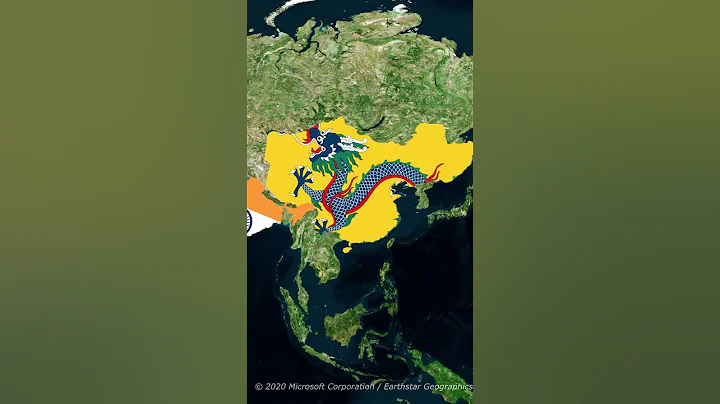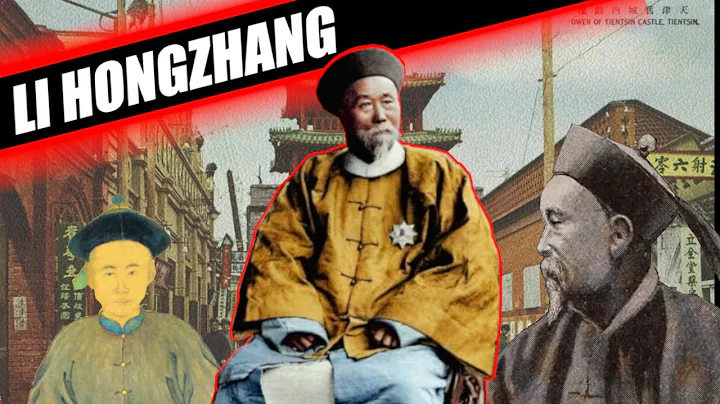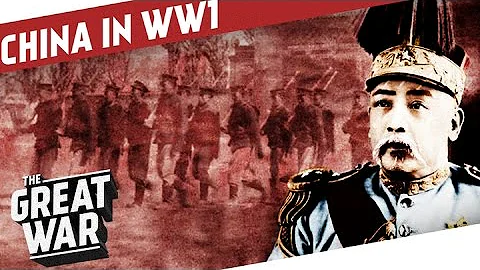I wonder if you have ever considered why there were governors and governors in the Qing Dynasty ? We have to start from the beginning.

After the Ming Dynasty established this regime, in order to manage a province, the separation of powers was implemented. What is the separation of powers? Let's look at it. The person in charge of people's livelihood and taxation in a province is called , the chief minister, , or chief minister for short. In the Qing Dynasty, this type of officials were called hantai .
Those who are in charge of the criminal law and legal issues of a province are called punishment envoys, and those who are in charge of life-long military affairs are called general commanders . Of course, we need to add a department at the back, called , the Chengxuanzhengshishisi, , the Punishment and Punishment Envoys Department, and the Du Commander Shishisi. One is in charge of people's livelihood and taxation, one is in charge of criminal law, and the other is in charge of military affairs. This is the separation of powers.

What is the benefit of doing this? It is to prevent the local emperor from becoming a local emperor after having too much power. But after the powers are separated, a problem will be discovered: when dealing with some large-scale matters, these three departments are not unified and coordinated with each other, and no one can control anyone. But when something goes wrong, these three departments still need to coordinate, so what should we do? Therefore, the imperial court sent people to governor of a certain place's military affairs, governor of a certain place's military rations, governor of a certain place's rivers, and then to patrol a certain place.
For example, in the 25th year of Hongwu , Zhu Yuanzhang wanted to move the capital from Nanjing to Xi'an, so he asked his son to governor Xi'an. Therefore, the position of governor was a job title in the early Ming Dynasty, and It is not an official position. After the official completes the work, he returns to the court to deliver the work, and the work is over.

The governor-general was a person who could not control military affairs, so he gave the governor the title of Minister of War, which is equivalent to the Minister of Defense. However, we are still in charge of the department, so what should we do? I will give you the title of Censor of the Right Capital of the Inspectorate. In the Inspectorate, the official position of is left governor censor, and the title of right governor censor is given to the governor-general. The Inspectorate supervises officials and gives the governor such a position to manage officials.

In the middle of the Ming Dynasty, the governor changed from the name of an errand to a fixed official position. In the Qing Dynasty, the system of governor and governor was inherited. Especially in the 25th year of Qianlong, Emperor Qianlong stipulated that a total of There are eight governors, and the areas managed by the governor are different from those managed by the governor. The governor basically manages one province. Sometimes the governor is in charge of one province, sometimes he is in charge of two provinces, and sometimes he is in charge of two provinces. Three provinces.


















![[Multi SUB] 《开局一只羊,我征服了敌国公主》(全集)现代小伙意外穿越古代,开局竟然重生在美女的浴桶里,要被当成刺客砍头,他直接一招逆转局面,还让美女倒贴!#穿越 #重生 #都市 #逆袭 - DayDayNews](https://i.ytimg.com/vi/hJFSgrMSV1I/hq720.jpg?sqp=-oaymwEcCNAFEJQDSFXyq4qpAw4IARUAAIhCGAFwAcABBg==&rs=AOn4CLACRQV30S0pfTIBMD_XFj_vN2leug)



